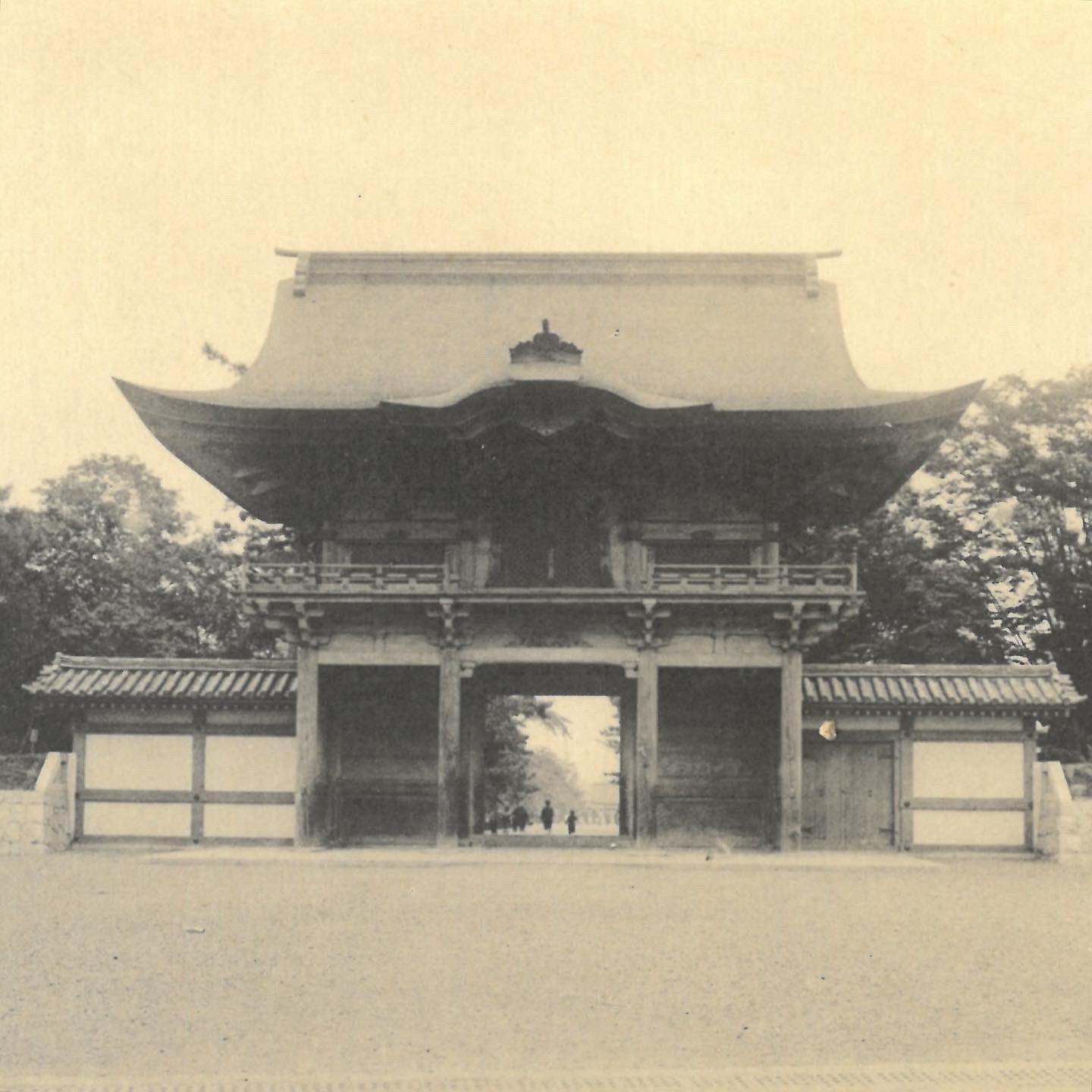What is the Kusanagi-no-Tsurugi?
Kusanagi-no-Tsurugi is a legendary sword that is one of the three Imperial Regalia of Japan. Although the sword was initially named Ameno-no-Murakumo-no-Tsurugi (Heavenly Sword of Gathering Clouds), the name was later changed to Kusanagi-no-Tsurugi (Grass-Cutting Sword).
This sword, along with the two sacred treasures, represents the three primary virtues: The mirror Yata no Kagami for wisdom, the jewel Yasakani no Magatam for benevolence, and the sword Kusanagi-no-Tsurugi that represents valor.
What does Kusanagi-no-Tsurugi Look Like?
The sword Kusanagi-no-Tsurugi, aside from the two other regalias, wasa mysterious object that no others have yet seen. These sacred items were traditionally seen only by the Emperor and some certain priests. Since the year 690, Priests at the shrine have known to present these items to the Emperor during an enthronement ceremony. Consequently, there were no known drawings or pictures that will describe what these items look like.
Interestingly, a Japanese Shinto priest, Matsuoka Masanao, actually saw the sword during the Edo Period (1603-1868). According to him, the sword was about eighty-two centimeters long, while its blade was quite similar to a Calamus leaf.
In 2019, when Emperor Akihito abdicated his throne, Naruhito, his successor, formally took possession of the regalia in a brief ceremony. Prior to this, on the 1989 and 1990 accession and enthronement ceremony, the mysterious items were shrouded from view in boxes.
Legendary Origin of the Sword
The history of this sword extends into a legend based on Kojiki (also Furukotofumi), an early chronicle of Japanese myths, songs, legends, and more. According to the legend, Susanoo, the god, met a grieving family in Izumo Province. This family of Kunitsukami, the gods of the land, was headed by Ashinazuchi. Susanoo asked Ashinazuchi as to why the family is grieving. Ashinazuchi then told the god that they were being terrorized by an eight-headed serpent called Yamata no Orochi. He also told Susanoo that the monster had already consumed his seven daughters, yet still aiming for their eight-daughter, Kushinada-hime.
Consequently, the god, Susanoo, had thought of a plan to defeat the monster. However, in return, he asked to marry Ashinazuchi’s daughter, Kushinada-hime. After they have come into an agreement, Susanoo temporarily transformed Kushinada-hime into a comb to be his company during the battle. Susanoo then detailed his plan into steps and instructed to place rice wines behind the fence of the eight gates. When the monster took the bait and entered its eight heads on the eight gates, Susanoo began cutting each of the monster’s heads.
After he chopped off each of the monster’s heads, he also does the same on the monster’s tail. However, when he was about to cut the fourth tail of the monster, Susanoo had discovered a sword inside the monster’s body. He then named the sword Ame-no-Murakumo-no-Tsurugi, and presented it to Amaterasu, the goddess, as a gift of apology.
After many generations have passed, the sword was then given to Yamato Takeru. It was said that the sword was a gift from his aunt, Yamatohime-no-Mikoto, the maiden of the Ise Shrine.
Subsequently, Yamato used the sword during a hunting expedition by a treacherous warlord. During that time, the warlord had ignited the grass and trapped Yamato in the field. In addition to the evilness of the warlord, he also killed Yamato’s horse to prevent him from escaping. Fortunately, it was also during that time when Yamato discovered the magical ability of the sword. He found out that the sword was able to control the wind and used it to his advantage. Yamato also used fire strikers, his other gift, to enlarge the fire and sent it to the warlord’s direction.
Triumphantly, Yamato Takeru renamed the sword into Kusanagi-no-Tsurugi (Grass-Cutter Sword), in commemoration of his victory brought by the sword. Later on, Yamato married and went to a battle without his sword. After ignoring his wife’s advice to bring the sword with him, he died in an unexpected battle against a monster.
Japanese Folklore about the Kusanagi-no-Tsurugi
The first reliable history regarding the Kusanagi-no-Tsurugi was mentioned in the Nihonshoki (The Chronicles of Japan). This historical document, although it also contains myths, was considered historical rather than the Kojiki. According to the Nihonshoki, the Kusanagi was removed from the palace in the year 688, after it allegedly caused the death of Emperor Tenmu. Since then, the sword was placed at the Atsuta Shrine. However, even if it was displayed in the shrine, the sword was still not available for public display.
In addition to the swords several provenances, according to The Tale of Heike, a collection of oral stories, the sword was lost at sea. It stated that after the defeat of the Heike clan in the Battle of Dan-no-Ura, the Emperor’s grandmother led the Emperor and his entourage to commit suicide. During the suicide, the sword, the jewel and the sacred mirror was said to be taken along with them. Nevertheless, the mirror was recovered before one of the ladies-in-waiting was about to jump in the sea carrying the mirror. While the jewel was also found in the casket as it floated in the waves, the sword Kusanagi was lost forever.
Subsequently, another story told that the sword Kusanagi was stolen by a monk from Silla in the sixth-century. However, the monk’s ship sank, and the sword was said to be recovered by Shinto priests when it was washed ashore.

